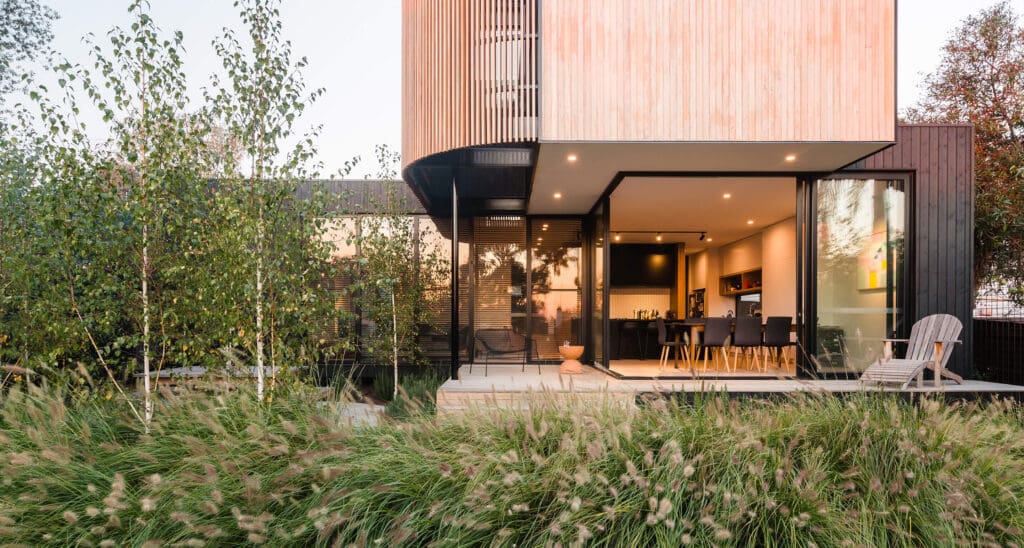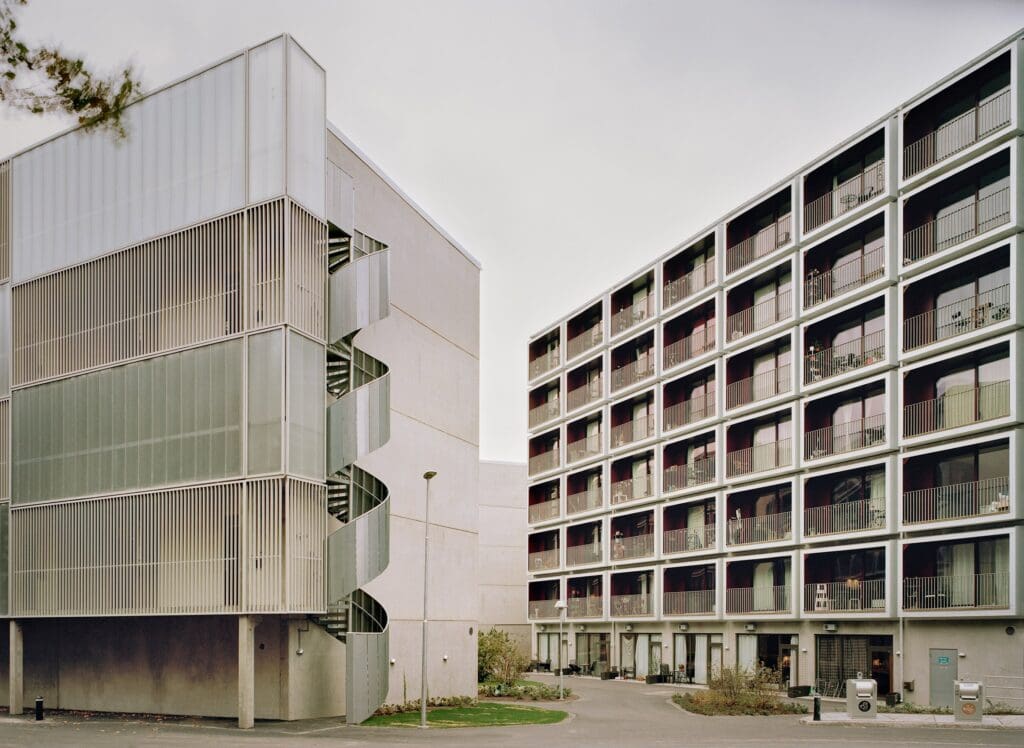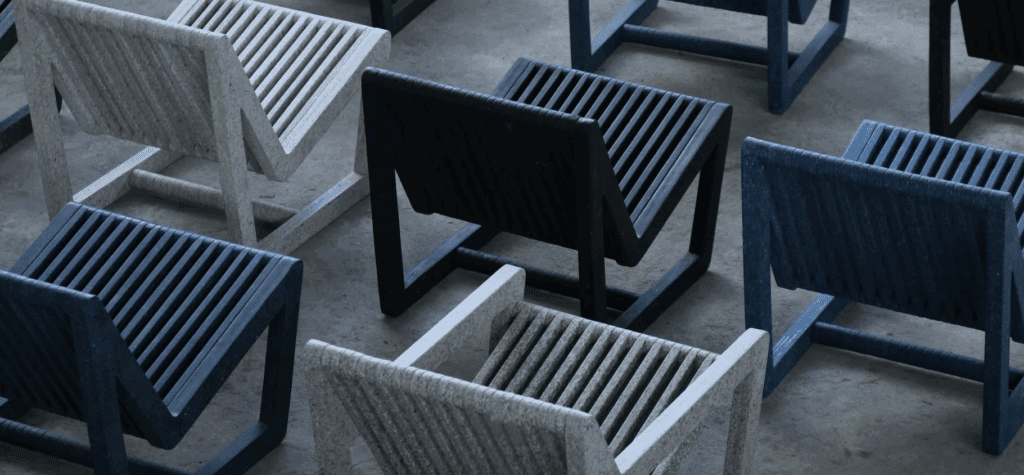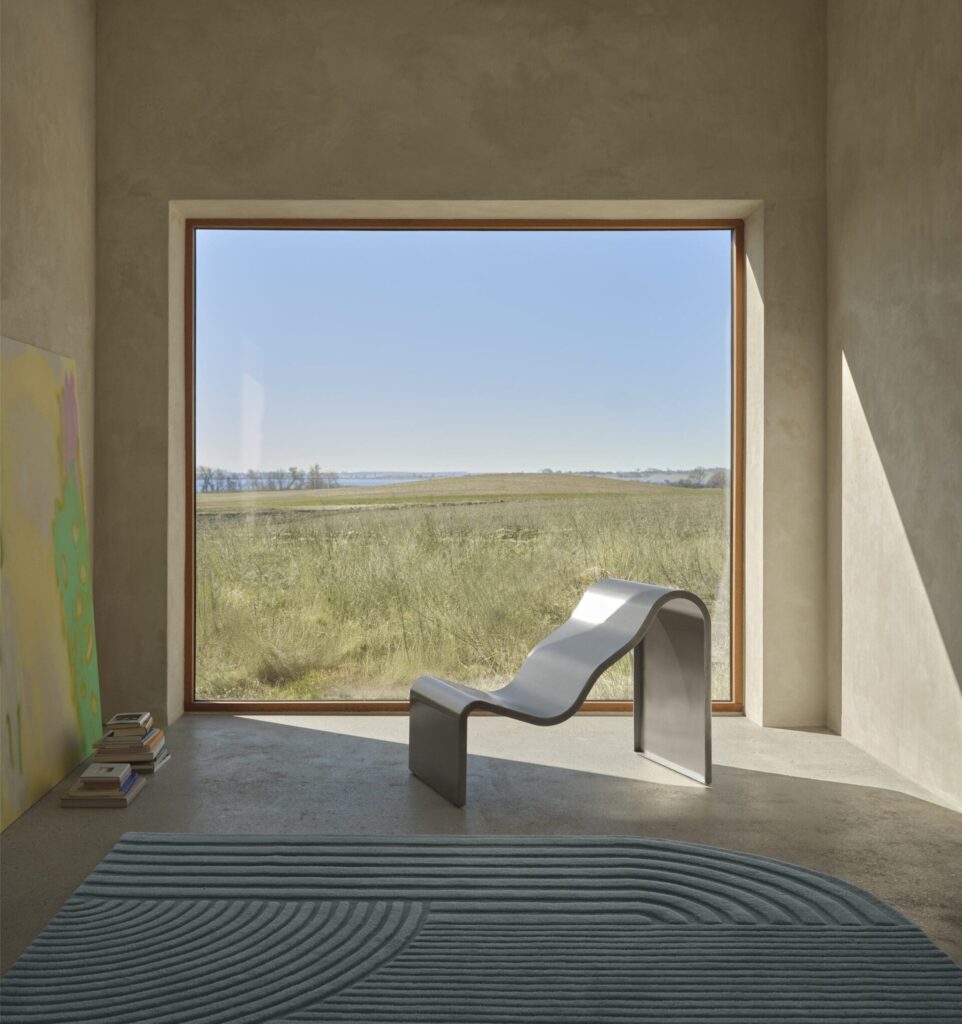Embracing Brick in Modular Architecture
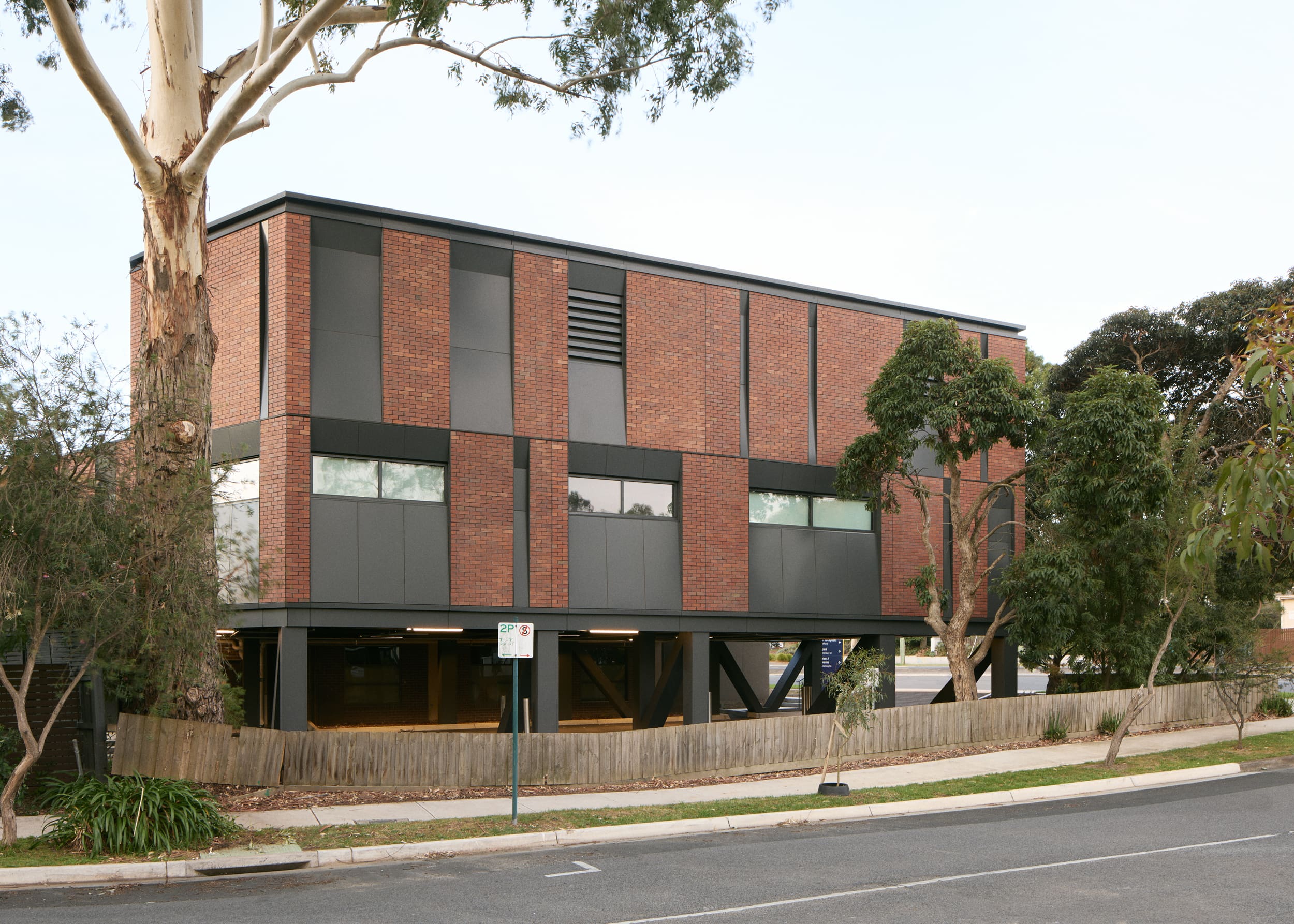
Brick, when reimagined for modular construction, offers a surprisingly powerful suite of benefits that extend far beyond its traditional associations.
When it comes to modular design, materials must work as hard as the system itself—delivering durability, beauty, and practicality without compromising efficiency.
At Modscape, we’ve refined techniques that allow genuine brick finishes to be incorporated into modular buildings without sacrificing speed, precision or architectural quality. This approach allows us to create striking, enduring designs that feel at home in their context, combining the timeless aesthetic and performance benefits of brick within a modern modular framework. Key benefits include:
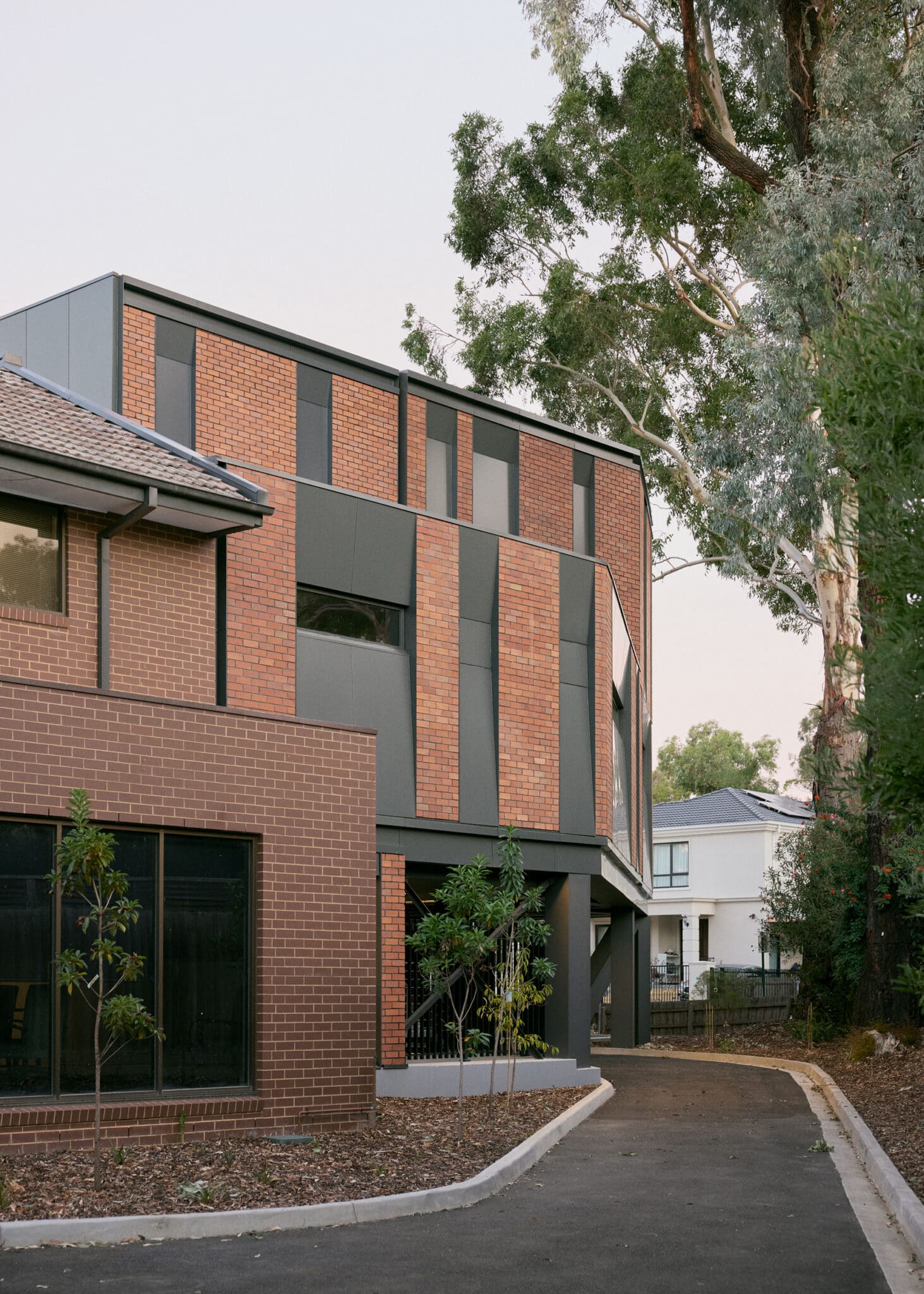

1. Stability & Endurance
Brick provides a sense of permanence and civic character – qualities especially important in healthcare, education, and community infrastructure. These buildings are often designed to serve their communities for decades. By integrating brick into modular designs, we’re able to deliver a sense of trust, stability, and longevity, grounding the building within its urban or suburban context.
2. Thermal Mass & Energy Performance
Brick’s natural thermal mass is one of its greatest technical strengths. It absorbs and stores heat during the day, helping moderate internal temperatures and reducing reliance on mechanical systems. This passive energy efficiency improves building performance and lowers operational costs over time. In modular design, these benefits are seamlessly integrated into the prefabricated structure without added complexity.
3. Aesthetic Versatility
With endless variation in tone, texture, and bonding patterns, brick is highly adaptable to a wide range of design styles. From modern, angular facades to more traditional expressions, brick enables a nuanced architectural response. Prefabricated brick systems — such as brick slips and panelised facades — allow these qualities to be achieved within a controlled factory environment, ensuring consistent, high-quality finishes with faster turnaround times.
4. Acoustic Performance
In environments like healthcare facilities or residential buildings, sound insulation is critical. Brick’s density and solid construction offer excellent acoustic properties, creating a quieter and more serene interior environment. Whether it’s a healthcare facility where privacy and calm are paramount, or an educational space where concentration is key, brick helps reduce noise pollution, improving the quality of life for building occupants.
5. Fire Resistance
Brick’s fire-resistant properties add a critical layer of safety in modular construction. Fire-resistance is a fundamental consideration in many building types, particularly in public buildings and areas with higher densities. Using brick within modular structures enhances the overall fire safety of the building, offering peace of mind for occupants and reducing long-term risks.
A prime example of this approach is our Eastern Health Blackburn project. By incorporating genuine brick elements into a modular system, we established a welcoming and durable civic identity for the precinct — offering the comfort, resilience, and timeless appeal that brick inherently brings. The integration of brickwork into our prefabricated system allowed us to meet the project’s demanding timelines while ensuring the final building met all aesthetic, functional, and performance requirements. This project demonstrates how brick, thoughtfully applied, can elevate modular construction — delivering efficiency, sustainability, and enduring design excellence.
Discover how brick in modular design can deliver a lasting impact.
Let’s discuss your project.
Enquire Now
